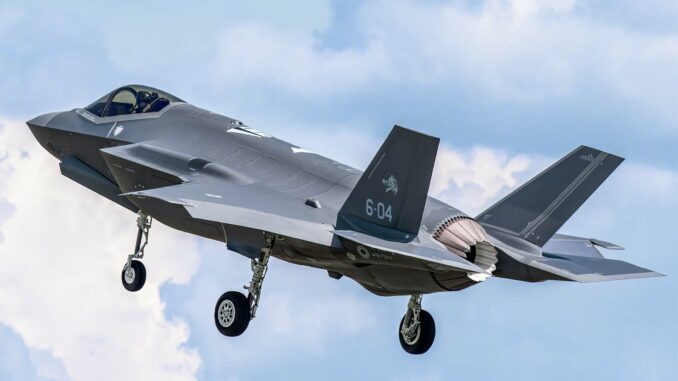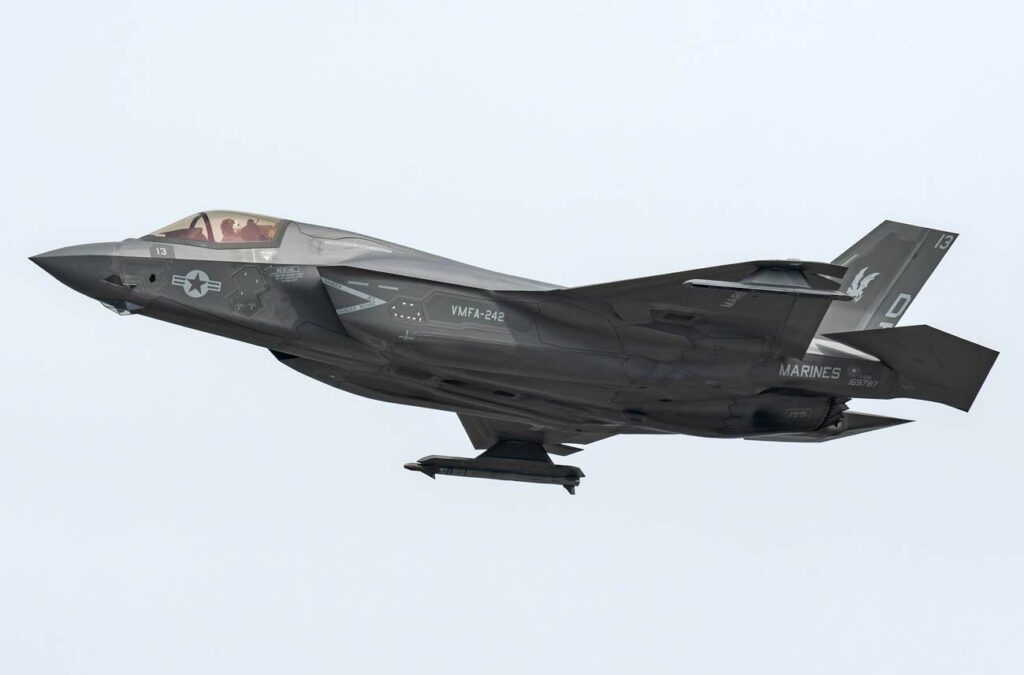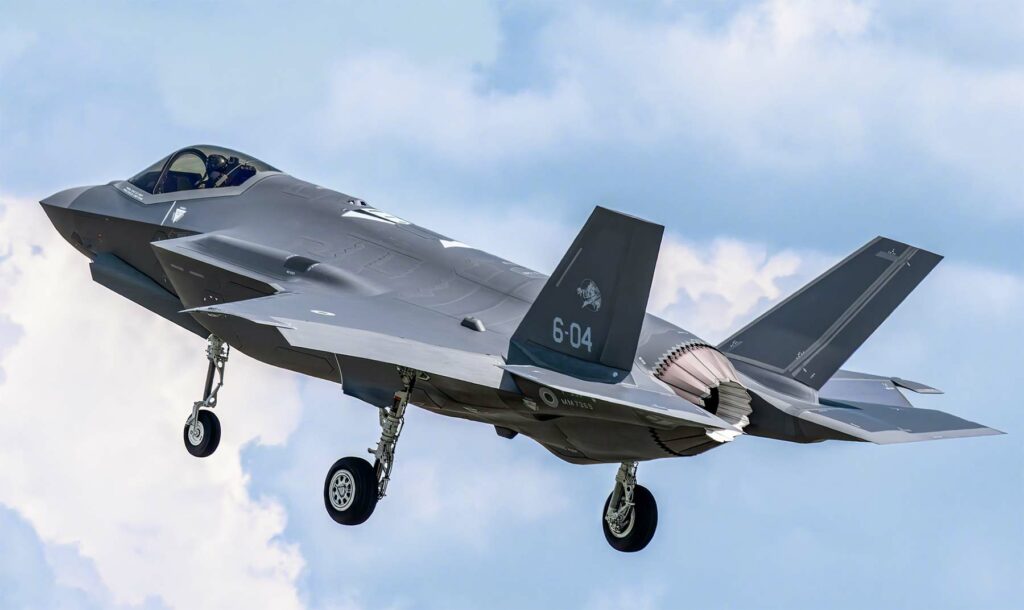
The F-35, the most advanced fighter jet to date, boasts an impressive safety record despite significant challenges. With its exorbitant cost and technical compromises, this program illustrates the complexity of reconciling technological innovation and operational reliability.

F-35 safety: a mixed record
Despite 29 accidents since its first flight 17 years ago, the F-35 stands out for its relatively low accident rate. With over 721,000 flight hours and 965 aircraft delivered, incidents involving the F-35 remain rare, especially when compared with other fighter jets. However, every accident involving such an expensive and advanced aircraft attracts particular attention, both for the safety aspects and for the financial and political implications.
The impact of accidents on the f-35 program
Every F-35 accident not only represents a major financial loss – each aircraft costing around $100 million – but also raises questions about the aircraft’s reliability and safety. Despite a low accident rate, the complex and costly nature of these incidents highlights the challenges inherent in such a large-scale program. The consequences range from direct loss of assets to repercussions on the confidence of partner and user countries.
The cost and challenges of the f-35 program
The F-35 program, estimated at $1.7 trillion over the life of the aircraft, is the most expensive weapons project in history. This astronomical cost is accompanied by numerous challenges, including delays, spare parts problems and repairs. These problems have provoked criticism, underlining the difficulties of managing such a complex project and meeting the varied needs of different military corps and partner countries.
The f-35’s versatility: a double-edged sword
Designed to be an aeronautical “Swiss army knife”, the F-35 was intended to perform a variety of missions for different users. However, this versatility led to design compromises, sometimes affecting its performance in specific roles. This situation has led to criticism of the aircraft’s ability to reach its full potential in all the scenarios envisaged.

Technological and operational challenges
The F-35 is at the cutting edge of technology, offering stealth capabilities and advanced systems integration. Yet these technological innovations are not without their challenges. High maintenance costs, dependence on subcontractors for repairs and constant upgrades underline the complexity of maintaining such a sophisticated fleet. These factors affect the operational availability of the aircraft, and raise questions about the long-term sustainability of the program.
The F-35 program illustrates the tension between cutting-edge technological innovation and the practical realities of operating and maintaining a fleet of combat aircraft. Although the F-35 has a relatively solid safety record and offers unrivalled capabilities, high costs, technical and operational challenges raise important questions about the future of this program. Dealing with these challenges will be crucial in determining whether the F-35 can fully realize its potential as the main fighter of modern air forces.
War Wings Daily is an independant magazine.